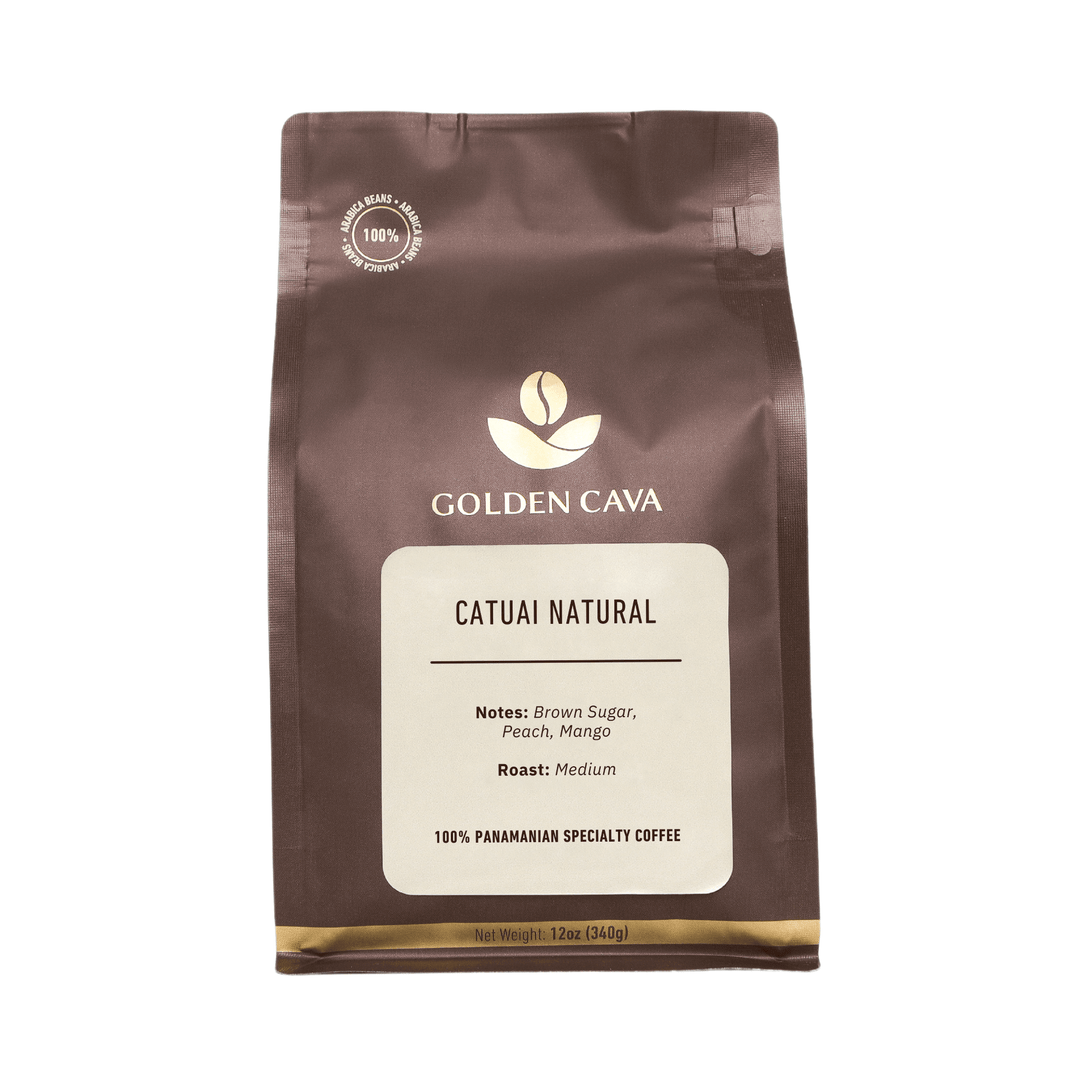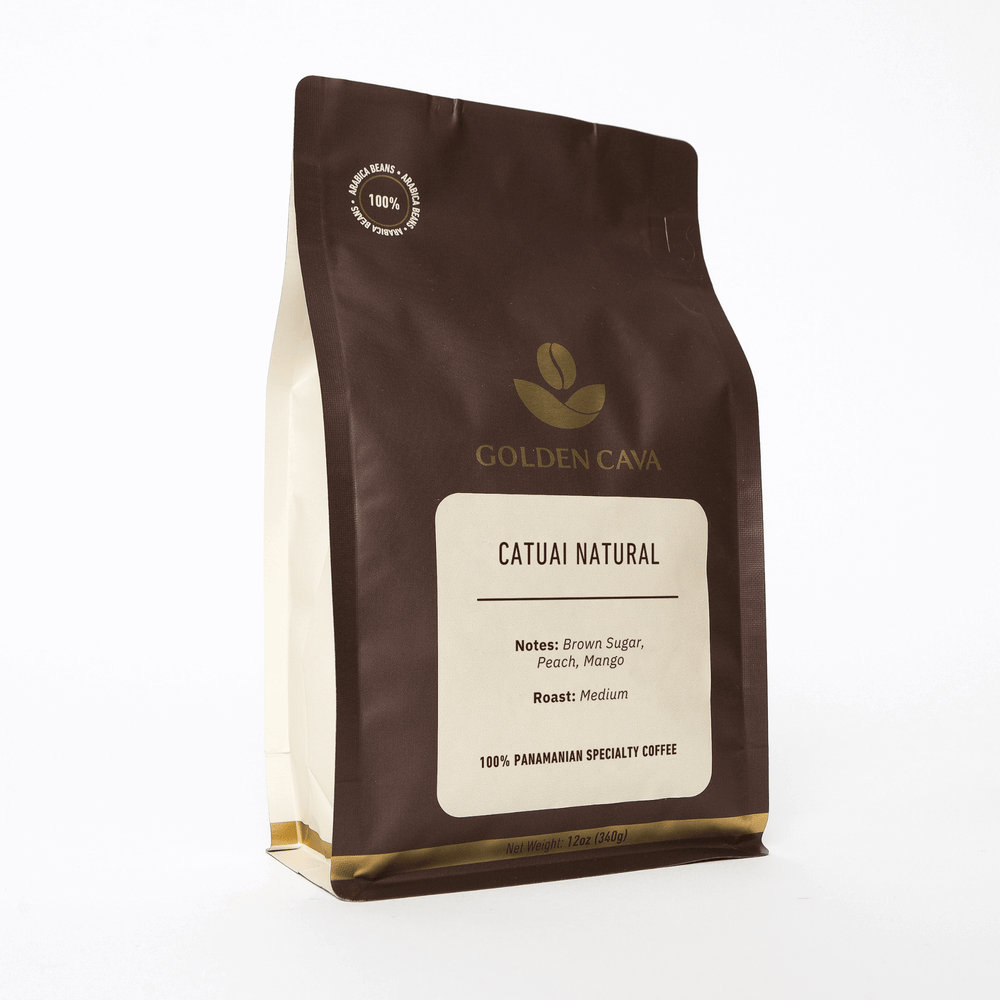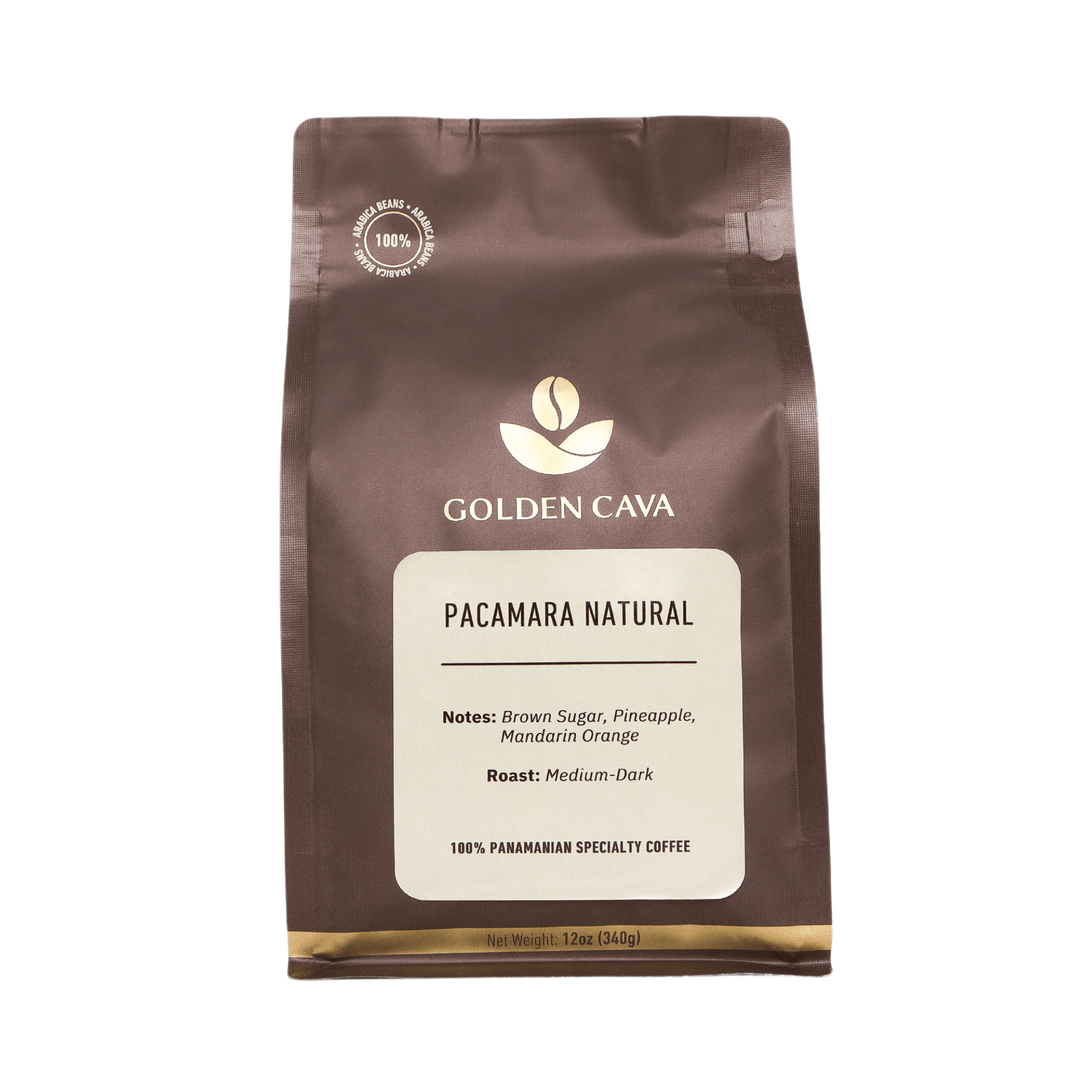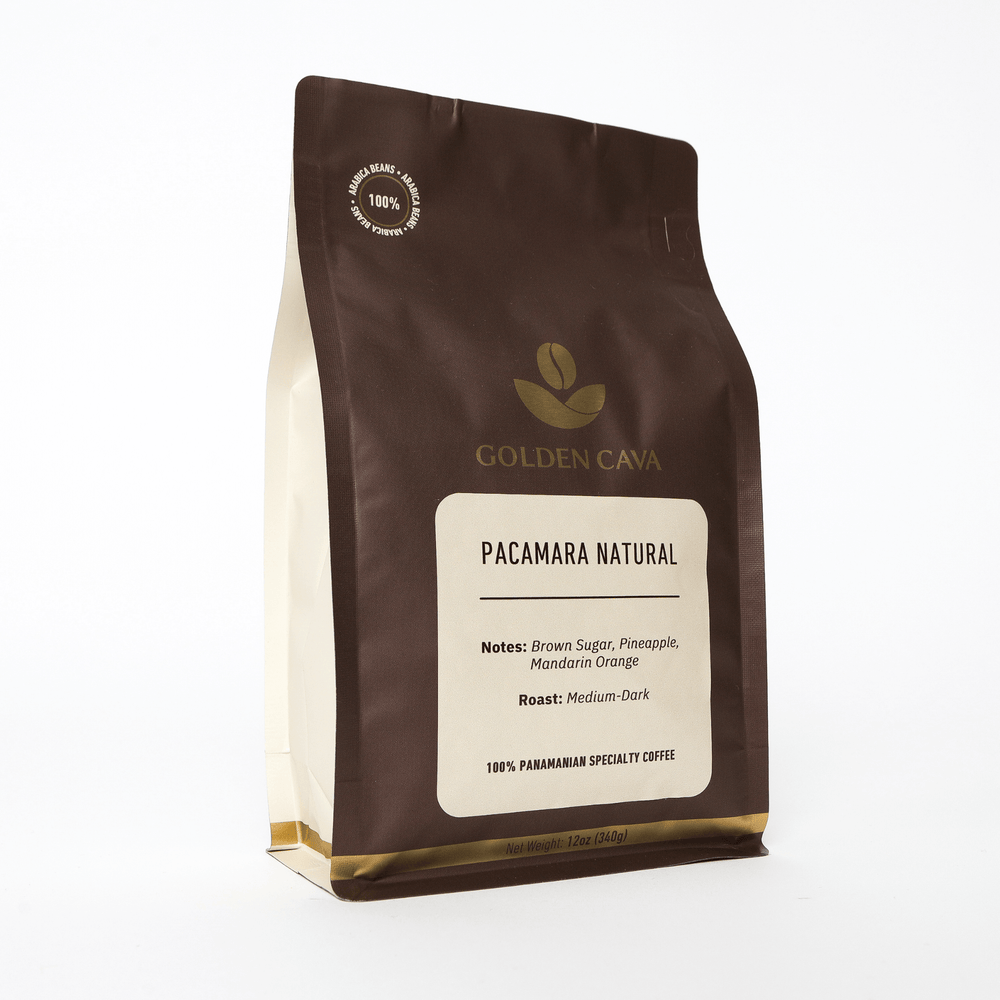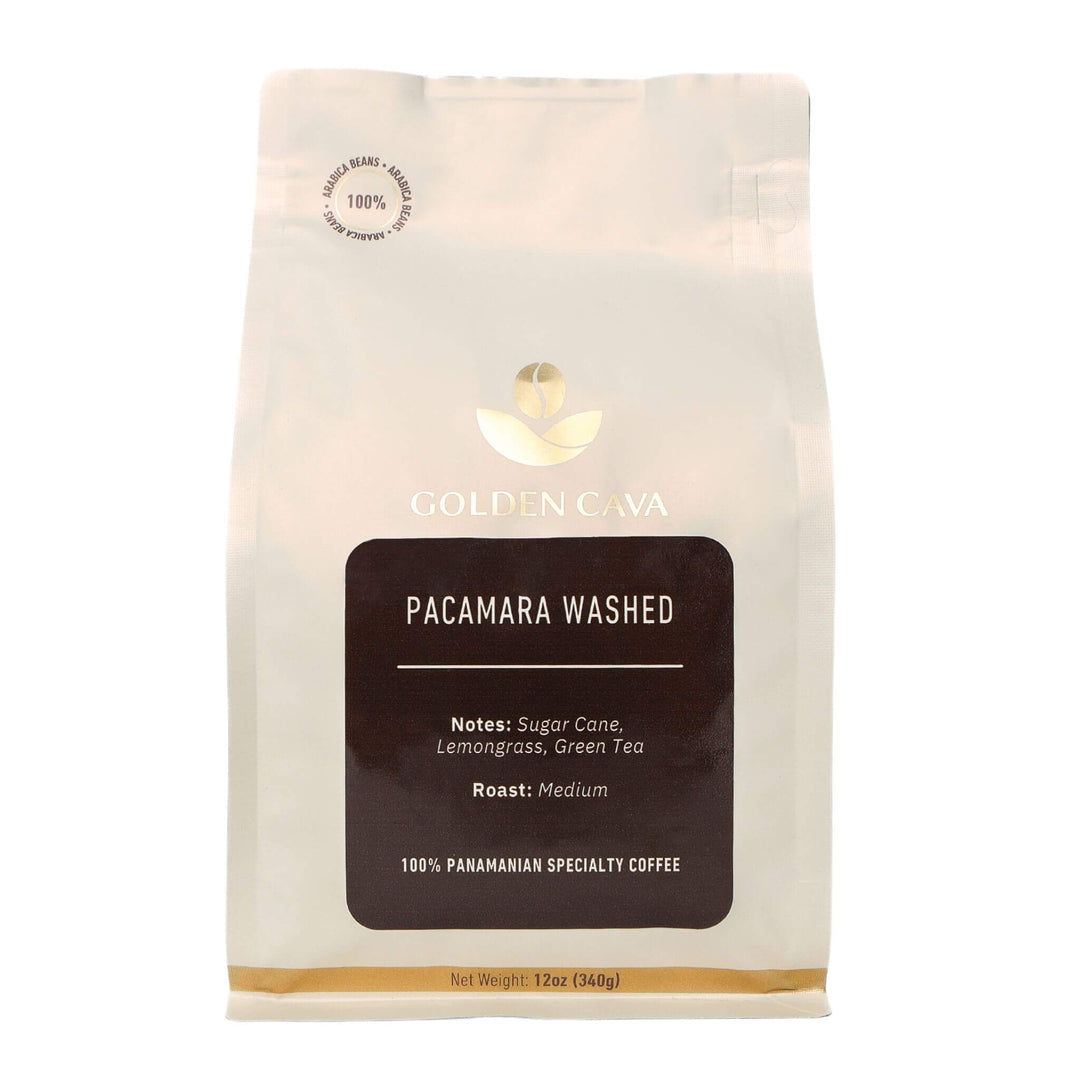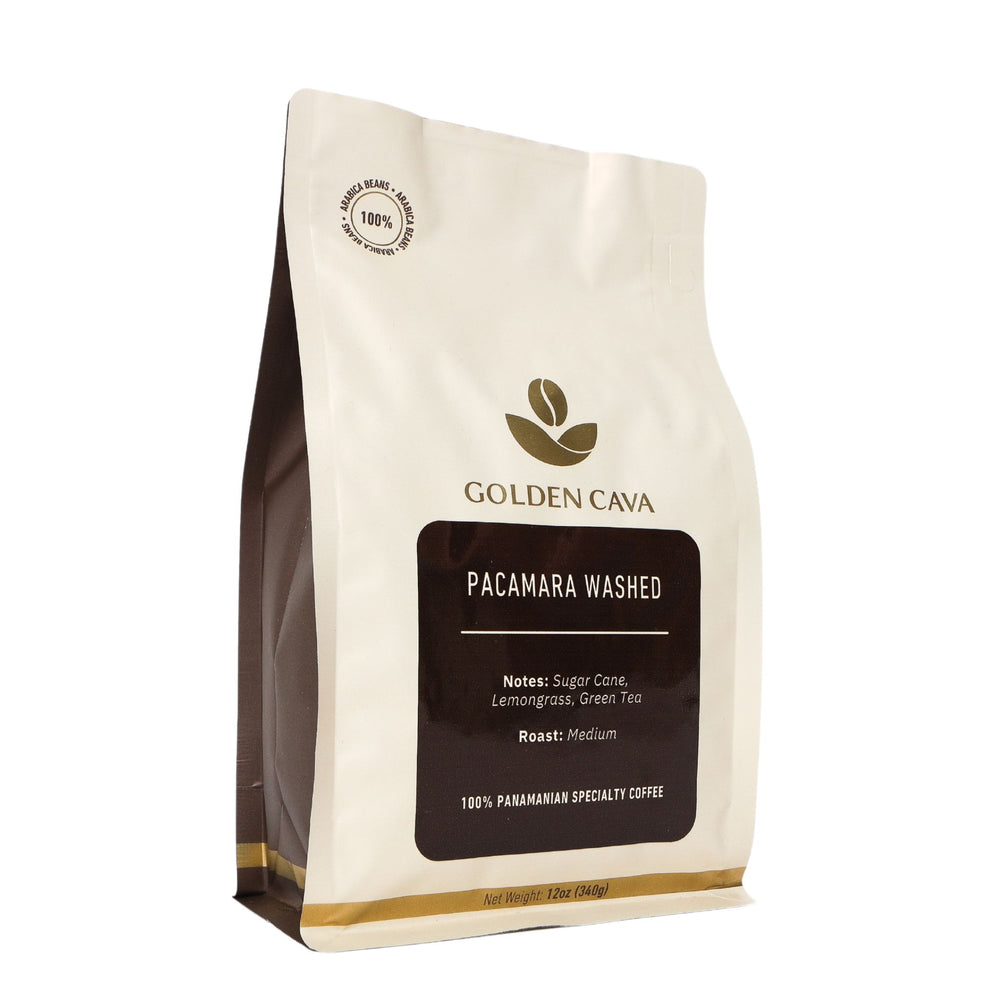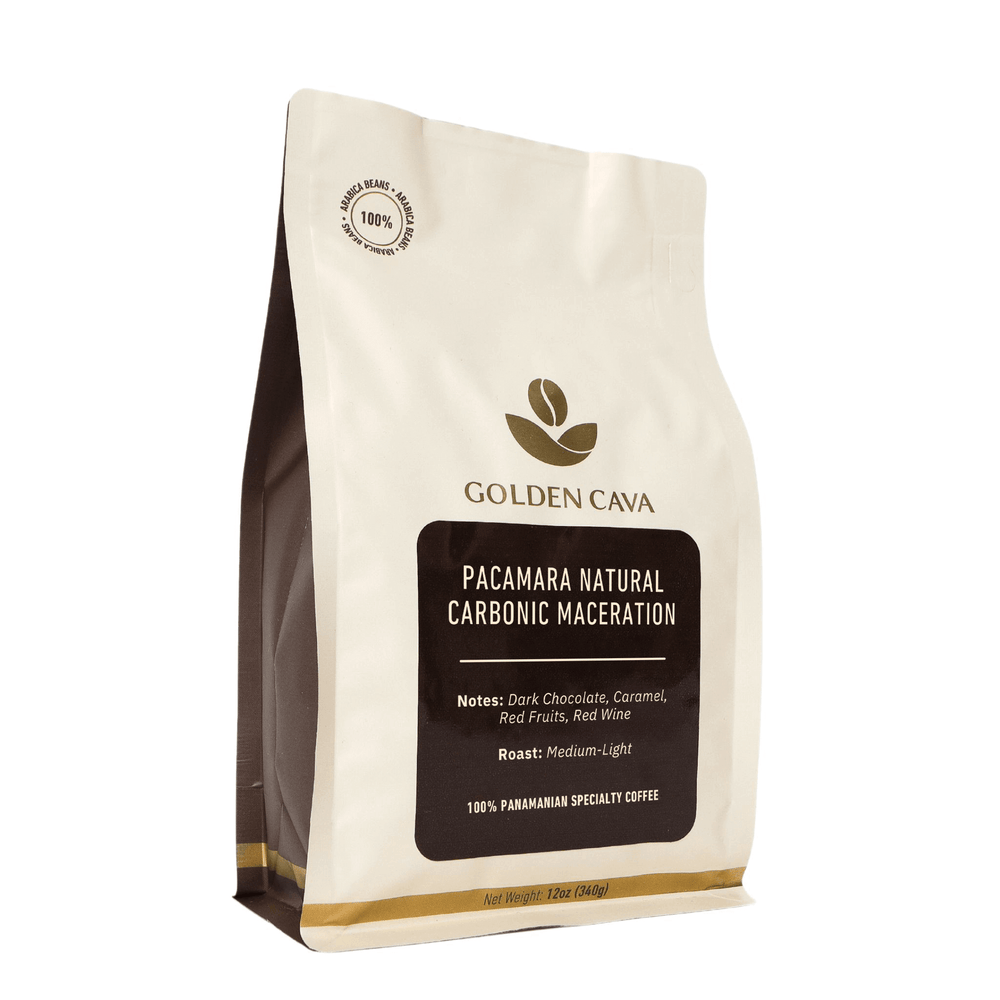How to Dispose of Coffee Grinds: Sustainable Methods
Many folks don't think twice about just throwing away used coffee grounds - but there are numerous eco-friendly and practical options for how to dispose of coffee grinds and recycling them. Nevertheless, there are numerous alternatives for recycling coffee grounds that can be advantageous to both the environment and your own living space or business.
In this blog post, we will explore five creative methods for how to repurpose and recycle ground coffee beans. We'll discuss how you can turn used coffee grounds into nutrient-rich compost or fertilizer for your plants. Additionally, we'll delve into their potential use as mulch in landscaping projects.
Beyond gardening applications, we'll also share tips on utilizing coffee grounds as an effective pest repellent and a natural cleaning agent for dishes. So before you throw those dried grounds away next time, consider these alternative disposal options that not only help the environment but may also save you money and resources in the long run.
Table Of Contents:
- 1. Compost Coffee Grinds
- A Nutrient-Rich Addition to Your Compost Pile
- How to Compost Coffee Grinds: Tips and Tricks
- 2. Make Fertilizer
- 3. Use Coffee Grinds as Mulch
- 4. Repel Pests with Coffee Grinds
- 5. Clean Dishes with Coffee Grinds
- Frequently Asked Questions How to Dispose of Coffee Grinds
- Conclusion
1. Compost Coffee Grinds
Did you know that coffee grinds are a fantastic addition to your compost pile? They provide nitrogen and other essential nutrients, which help break down organic matter more efficiently. In this section, we will delve into the advantages of composting coffee grinds and how to do it properly.
A Nutrient-Rich Addition to Your Compost Pile
Coffee grinds are packed with essential nutrients for plants, such as nitrogen, phosphorus, potassium, calcium, magnesium and sulfur. When added to your compost pile or bin along with other organic materials like fruit peels and vegetable scraps, they contribute significantly towards creating nutrient-rich compost.
The Right Balance: Green vs Brown Materials
- Green materials: These include kitchen waste such as coffee grounds (and filters), tea bags (without staples), fruit/vegetable scraps/pulp/juice from juicing machines etc., fresh grass clippings/weeds without seeds.
- Brown materials: These consist of dry leaves/twigs/small branches/stems from garden plants/prunings/cuttings etc., straw/hay/sawdust/shredded paper/cardboard/newspaper (not glossy)/egg cartons etc.
To maintain an effective balance in your compost pile or bin between green (nitrogen-rich) and brown (carbon-rich) materials is important; ideally aiming for a ratio of about 30 parts carbon to one part nitrogen by weight (source). Adding coffee grinds as green material can help you achieve this balance.
How to Compost Coffee Grinds: Tips and Tricks
- Collect your coffee grinds: After brewing, allow the used coffee grounds to cool down before storing them in a container with a lid. This will prevent mold growth and make it easier for you to transport them later on.
- Add the grinds to your compost pile or bin: Mix the collected coffee grounds into your compost pile or bin along with other organic materials, ensuring that they are evenly distributed throughout. Remember not to add too many at once - moderation is key.
- Maintain moisture levels: Keep an eye on the moisture content of your compost pile or bin; if it becomes too wet due to excess nitrogen from the coffee grinds, simply add more brown materials (e.g., dry leaves) until you reach an ideal consistency.
Making use of spent coffee grounds in your composting process is a great way to reuse them while simultaneously giving valuable nutrients for flourishing vegetation. So next time you enjoy a delicious cup of Golden Cava's specialty coffee, remember that those leftover grinds can be put to good use in creating rich, nourishing compost for your garden.
Composting used coffee grounds is an effective means of decreasing waste and producing nutrient-dense earth for your garden. Making fertilizer with coffee grinds can provide additional benefits, such as increasing the acidity of soils or providing a boost of nitrogen to plants.
2. Make Fertilizer
One way to make use of used coffee grinds is by transforming them into a nutrient-filled fertilizer for your vegetation. The nitrogen content in coffee grinds can significantly promote healthy growth and improve the overall quality of your garden or indoor plants.
A Simple Coffee Grind Fertilizer Recipe
To create an easy-to-use fertilizer, follow these steps:
- Gather used coffee grinds and allow them to dry completely.
- Mix one part dried coffee grinds with two parts water in a container. This will create a liquid solution that can be easily absorbed by plant roots.
- Pour the mixture directly onto the soil around your plants, making sure not to drench the leaves as this may cause damage.
- Repeat this process every few weeks for optimal results.
The Benefits of Using Coffee Grind Fertilizer
Besides being an eco-friendly way to recycle used coffee grounds, there are several advantages associated with using homemade fertilizers made from coffee grinds:
- Nitrogen boost: As mentioned earlier, nitrogen is essential for healthy plant growth and development. It plays a crucial role in photosynthesis and helps produce lush foliage on plants like vegetables and herbs (source).
- Sustainable option: By repurposing leftover coffee grounds instead of throwing them away, you're reducing waste while also providing valuable nutrients for your garden at no additional cost.
- Improved soil structure: Coffee grinds can help improve the overall texture and structure of your garden soil, allowing for better water retention and aeration. This is particularly beneficial for plants that require well-draining soils to thrive.
Incorporating coffee grinds into your gardening routine is an excellent way to enhance plant growth while reducing waste. So next time you enjoy a cup of delicious Golden Cava specialty coffee, don't forget to save those used grounds.
Making fertilizer from coffee grinds is an easy and effective way to use them up. It can help provide essential nutrients for your garden, while also helping improve the soil's structure. Now let's look at how we can use coffee grinds as mulch.
3. Use Coffee Grinds as Mulch
One of the most sustainable and eco-friendly ways to dispose of coffee grinds is by using them as mulch in your garden or around your plants. Using coffee grinds as mulch can offer numerous benefits to your plants and soil, not only helping you reduce waste. Let's explore some of these advantages:
Aids in Moisture Retention
Coffee grinds can act as a natural mulch that helps retain moisture in the soil, which is essential for plant growth. Used coffee grinds can be scattered around the base of plants to create a barrier that limits evaporation from the soil, thus maintaining hydration for longer.
Improves Soil Structure
The texture and composition of coffee grinds make them an excellent addition to any type of soil - be it sandy or clay-based soils. As they decompose over time, they contribute organic matter that improves overall soil structure, making it more porous and better at retaining nutrients.
Tips on Using Coffee Grind Mulch Effectively:
- Mix with other materials: To prevent clumping and ensure even distribution throughout the garden bed, throw coffee grounds with other types of organic material such as leaves or wood chips before applying them as mulch.
- Avoid excessive layering: Apply a thin layer (about half an inch) around each plant; too much can cause mold issues due to trapped moisture underneath thick layers.
- Rinse if needed: If you're concerned about the acidity of coffee grinds affecting your plants, simply rinse them with water before using them as mulch. This will help remove some of the acids and make it more suitable for acid-sensitive plants.
Re-purposing used coffee grinds in your garden not only gives them a new lease of life, but can also help create an optimal environment for the plants. So next time you enjoy a delicious cup from Golden Cava, remember that leftover ground coffee can be put to good use in your garden.
Using coffee grinds as mulch can help to retain moisture in the soil, improve drainage and reduce weeds. Moreover, it can give plants a nourishing atmosphere that may help with vigorous growth. Moving on to our next heading of "Repel Pests", let's explore how coffee grounds can be used to keep pests away from your garden or home.
4. Repel Pests with Coffee Grinds
Coffee grinds can be a great way to naturally repel garden pests such as slugs, snails, ants, and cats while also providing nutrients for the soil. Sprinkling used coffee grinds around your plants not only provides nutrients for the soil but also helps repel unwanted visitors such as slugs, snails, ants, and even cats.
A Natural Pest Deterrent
Caffeine and diterpenes, found in coffee, can be poisonous to many bugs and small critters. The strong aroma of coffee is often enough to deter these creatures from approaching your plants in the first place. Additionally, the abrasive texture of coffee grinds makes it difficult for soft-bodied pests like slugs and snails to move across without getting injured.
How to Use Coffee Grinds as Pest Repellent
- Gather used coffee grinds: After brewing your favorite cup of Golden Cava specialty coffee, collect the spent grinds instead of throwing them away.
- Dry out the grinds: Spread the wet coffee grounds on a tray or baking sheet in a thin layer. Allow the used grinds to dry out completely before utilizing them as a deterrent for pests; this will stop any mold from developing.
- Sprinkle coffee grounds around plants: Once dried, sprinkle a generous amount of coffee grounds directly around the base of each plant you want to protect from pests. Make sure there's an even coverage surrounding each plant so that no gaps are left for critters to sneak through.
- Maintain regularly: Reapply fresh dried grounds every few weeks or after heavy rain to ensure continuous protection.
Other Pest Control Benefits of Coffee Grinds
Besides repelling pests, coffee grinds can also help control the population of certain insects in your garden. For example, research has shown that adding coffee grounds to soil can suppress the growth and reproduction of mosquito larvae. By adding coffee grounds to the soil, not only can you protect your plants but also lower the risk of catching mosquito-borne diseases for yourself and those around you.
Incorporating used coffee grinds into your gardening routine is a sustainable way to keep pests at bay while promoting healthy plant growth. So next time you enjoy a delicious cup from Golden Cava, remember that those spent grounds have plenty more to offer.
Repel pests by using coffee grinds in your garden or compost pile; they can also be used to keep away ants and other unwanted insects. Now, let's explore how you can use coffee grinds to wash your dishes.
5. Clean Dishes with Coffee Grinds
For an economical and environmentally-friendly way of washing your dishes, why not try using coffee grinds? The abrasive nature of coffee grinds makes them perfect for scrubbing away stuck-on food residue from pots, pans, and other kitchenware. Plus, using this method helps reduce waste by repurposing used coffee grounds instead of tossing them in the trash.
A Step-by-Step Guide to Cleaning Dishes with Coffee Grinds
- Gather your materials: You'll need some used coffee grinds (preferably dried), a sponge or cloth, and dirty dishes that require cleaning.
- Dry the coffee grinds: If your coffee grounds are still wet after brewing, spread them out on a tray or plate and let them air dry before using. This will make it easier to work with when cleaning.
- Sprinkle onto dish: Once the grinds are dry, sprinkle a small amount directly onto the surface of the dish you want to clean. For particularly stubborn stains or burnt areas on pots and pans, feel free to use more as needed.
- Scrub away: Using a damp sponge or cloth (check out our recommendations here) gently scrub the area where you applied the coffee grounds until all residue is removed. Remember that while they're abrasive enough to remove tough stains; they won't scratch most surfaces if used properly.
- Rinse thoroughly: After scrubbing with the coffee grounds mixture rinse off any remaining particles from your dishes with warm water.
Additional Tips for Cleaning Dishes with Coffee Grinds
- Avoid delicate surfaces: While coffee grinds are safe to use on most kitchenware, avoid using them on non-stick coatings or other delicate surfaces that may scratch easily.
- Store used grounds properly: If you don't have time to dry out your coffee grounds immediately after brewing, store them in an airtight container until you're ready to use. This will help prevent mold growth and keep the grinds fresh for cleaning purposes.
- Add natural scents: To give your freshly cleaned dishes a pleasant aroma, consider adding a few drops of essential oil (see our top picks here) like lavender or lemon directly onto the sponge before scrubbing with the coffee grinds mixture.
Incorporating used coffee grinds into your dishwashing routine is not only environmentally friendly but also effective at removing stubborn food residue. So next time you brew up a delicious cup of Golden Cava's specialty coffees, remember to save those precious grounds for later.
Frequently Asked Questions How to Dispose of Coffee Grinds
How do you dispose of coffee grounds?
To dispose of coffee grounds, consider composting them, using as fertilizer or mulch in your garden, repelling pests with the grounds, or cleaning dishes. Avoid putting large amounts down the garbage disposal to prevent clogs. Explore these creative ways to make use of used coffee grinds.
Are coffee grounds safe to put down the garbage disposal?
While small amounts of coffee grounds can be safely put down the garbage disposal, it is not recommended for larger quantities. Coffee grinds can accumulate and create clogs over time. Instead, try one of these alternative uses for disposing of your used coffee grinds.
Can you dump coffee grounds in your yard?
Yes, you can dump used coffee grounds in your yard as they provide nutrients like nitrogen and potassium that benefit plants. They also improve soil structure by increasing drainage and aeration. Sprinkle them around plants or mix into compost piles for best results. Learn more about using coffee grinds in gardening.
What is a good way of disposing of coffee grinds from French press?
A good way to dispose of French press coffee grinds is by adding them directly to your compost bin or using them as fertilizer in your garden. They can also be used for cleaning dishes, as a coffee ground air freshener, repelling pests, homemade coffee body scrub and more. Check out these tips on how to make the most of your French press coffee grinds.
Conclusion
Disposing of coffee grinds can be a great way to reduce waste and make use of an otherwise discarded material. Composting, making fertilizer, using as mulch or repelling pests are all excellent ways to reuse your used coffee grounds. Additionally, you can also clean dishes with them. With the right knowledge and some creativity it's easy to find new uses for this versatile resource - so don't throw away those grinds just yet.
Join us in our mission to create a more sustainable coffee experience. Discover how you can easily dispose of your used coffee grinds and make the world a better place for everyone.

